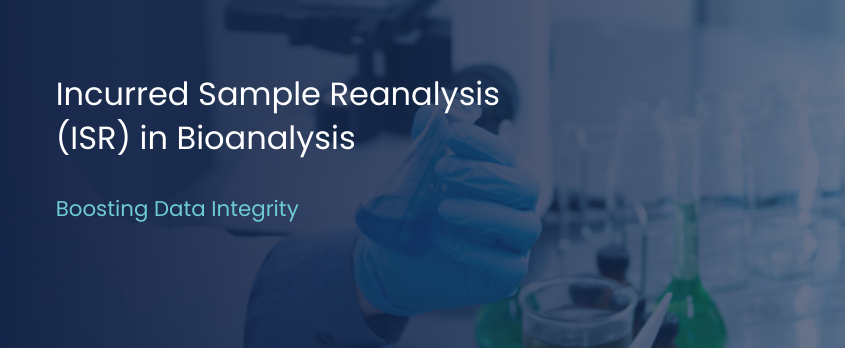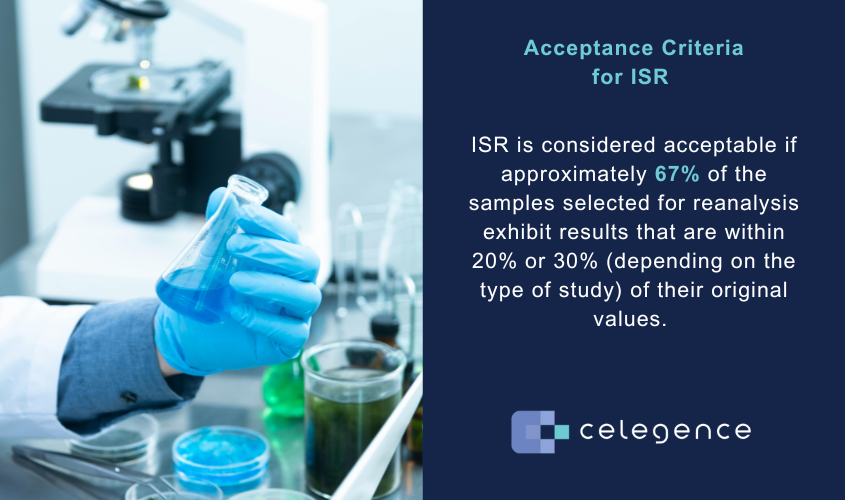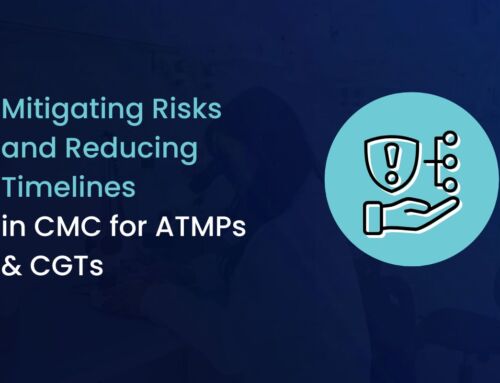
Improving Bioanalytical Reliability with Incurred Sample Reanalysis (ISR)
Introduction to Incurred Sample Reanalysis (ISR)
ISR involves the planned repeat analysis of a subset of study samples collected during many bioanalytical studies. These “incurred” samples have already undergone initial analysis to determine, for example, drug concentrations in biological matrices. ISR serves as a quality control measure that aims to validate the accuracy and reliability of the original analytical results. It’s an additional layer of assurance that reinforces the integrity of bioanalytical findings in drug development.
The Evolution of ISR
ISR evolved from the need for robust quality control measures in pharmacokinetic studies. Regulatory agencies recognized its potential to improve data reliability and reproducibility, particularly in pivotal clinical trials where accurate drug concentration measurements are crucial. Over time, ISR has become an integral component of bioanalytical strategies.
Planning and Performing ISR
Performing ISR involves a high degree of planning. It begins with the selection of incurred samples for reanalysis, considering factors such as study design, sample stability, and regulatory requirements. Typically, a minimum percentage of samples (10–20%) are chosen based on predefined criteria to ensure a representative dataset. A validated method and robust quality control measures are important in navigating challenges such as sample availability, matrix effects, and instrument variability.
Statistical Approaches and Results Interpretation
Interpreting ISR results can involve both typical and atypical statistical approaches. Expected results are those that fall within predefined acceptance criteria that are typically derived from method validations and SOPs. Atypical results, on the other hand, deviate from these criteria and may indicate other issues that might stem from issues related to the method, sample stability, or sample mishandling.
Typical statistical approaches for ISR analysis include:
- Calculation of mean, standard deviation, and coefficient of variation for reanalyzed samples.
- Comparison of initial and reanalyzed results using simple %difference formulas, or even inferential statistical tests.
- Assessment of assay’s precision and accuracy based on predefined acceptance criteria.
Atypical results require thorough investigation to identify potential root causes and determine appropriate corrective actions. These may involve:
- Reviewing assay performance metrics and instrument calibration records.
- Investigating sample handling and storage conditions.
- Assessing the impact of matrix effects or interfering substances on assay performance.
Acceptance Criteria and Regulatory Reporting
In general, ISR is considered acceptable if approximately 67% of the samples selected for reanalysis exhibit results that are within 20 or 30% (depending on the type of study) of their original values.
When ISR results do not meet acceptance criteria, established procedures for investigation and resolution are typically initiated. These may involve:
- Conducting a root cause analysis to identify contributing factors.
- Implementing corrective and preventive actions to address bigger issues.
- Documenting all findings and actions taken as a result of the investigation. In many cases these results will be presented in the final bioanalytical report.
Regulated reporting is generally a requirement of ISR to ensure transparency, accountability, and compliance with laboratory SOPs and regulatory guidelines. Every aspect of ISR, from reanalysis protocols to discrepancies between initial and reanalyzed results, must be meticulously documented. Honest and transparent reporting fosters trust among sponsors, regulators, and the scientific community. Together, these approaches to ISR experiments ultimately enhance the credibility of both nonclinical and clinical study results.

Celegence’s Expertise: Your Partner for Expert Bioanalytical Services
Led by CEO Sonia Veluchamy, Celegence has in its network many full-time writers and consultants who come from a variety of scientific backgrounds. One area of expertise is in the regulated bioanalytical space. By maintaining this network, Celegence has been able to provide services in support of client programs that require knowledge of many writing processes related to regulated bioanalysis. One particular topic that remains of interest is incurred sample reanalysis (ISR).
We can be reached at info@celegence.com or contact us online for more information.
About the Author
This blog post is written by Jean-François Cazorla, our Scientific Writing Consultant, who has extensive experience and expertise in the field of regulated bioanalytical report writing. Jean’s 20+ years in the field includes overseeing the regulated QC and writing divisions in bioanalytical CRO environments, as well as the individual production of regulated bioanalytical documents for 250+ biopharmaceutical sponsors. During this time, he was involved in small and large molecule bioanalytical programs, with particular emphasis on producing immunogenicity and pharmacokinetic validation and sample analysis reports. He is currently a consultant for Celegence helping a major documentation contract with a Sponsor developing gene therapies.


